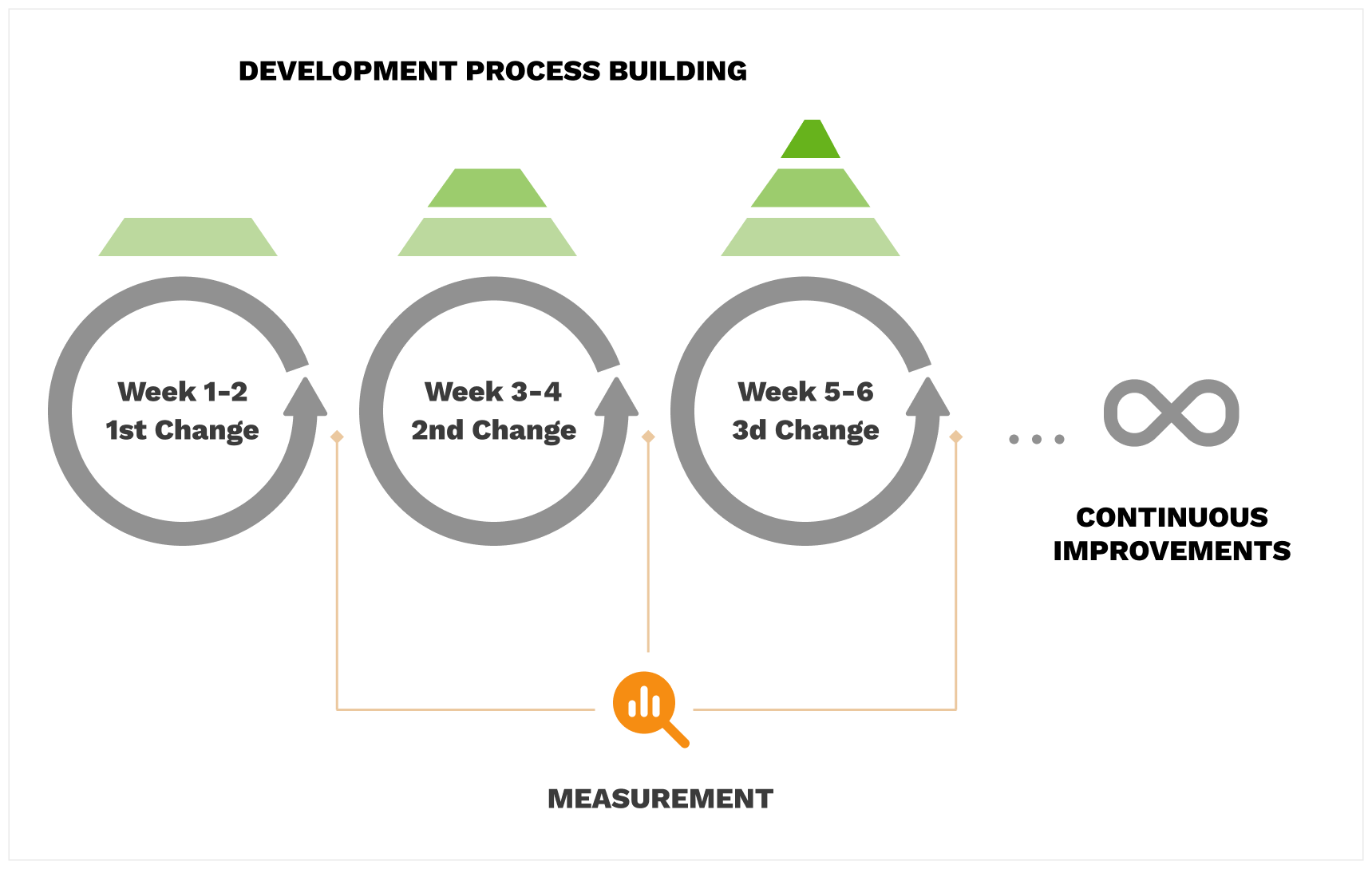Small Changes For a Big Difference
“Great things are not done by impulse, but by a series of small things brought together.” ― Vincent Van Gogh.
While driving through the city this week, I noticed how dim many of the traffic lights had become, especially in the bright daylight. It reminded me that such a small and relatively inexpensive change—like replacing diodes—could significantly enhance road safety.
This observation made me reflect on how many simple, low-cost improvements surround us that could improve life considerably. Often, we think that meaningful change requires complex projects with years of budgeting, but the truth is, that there are countless small adjustments we could make right now.
One of the most popular concepts with this idea is described in Kaizen, which refers to business activities that continuously improve processes and aim to eliminate waste and redundancy. This works everywhere because it is simple. I'll show an example from my experience with team productivity and maintaining transparency.
You can implement a development process in two ways: blindly following agile-scrum-whatever guides or by adding a little bit of collaboration improvement every couple of weeks.
Let's look at a classic project management challenge - the company needs to build a team and bring the agile process to development. There are different approaches, but often a PM just takes a Scrum or Kanban as it is and tells a team - "Starting next month we will do sprints, daily stand-ups, and do estimates in story points along with continuous delivery and weekly releases". This is usually the reason why agile fails or takes a long time to adapt.
A while back, I was a development team lead and I tried the same thing. I also failed with Agile, and it made me wonder if I was doing something wrong.
Then I decided to try a more detailed approach. I started putting practices in place one by one, checking in on them from time to time and adding new ones as needed. The key was measuring with concrete metrics and gauging the general feeling through daily communication. I just started asking everyone in the chat how it's going daily and asking the same questions day after day. People got it and started sharing updates in the short format regularly. It became a habit. But wow! Now we have daily stand-ups, and no one feels that it is something unnatural.

Then, weekly calls were to summarize and draw up expectations for the next week. Then we ask how difficult each task is compared to others - we’ve got an easy estimation process. And so on. I repeated this approach many times and it always works, not only for development. Small changes that make sense to everyone, step by step.
I mentioned measurements that give you visibility into improvements. So first, you need to measure numerical metrics (like daily engagement, people involved, etc.) to understand adaptability. Second, you can measure overall efficiency and find a gap in the overall process. You can compare expectations with actual results, and if someone is stuck with a problem, you can help them on time.
In this way, your chances of successfully implementing the new business process increase significantly, as does the efficiency and transparency of the team. So it's the effect that agile promised, but with this lean approach, you can finally achieve it.